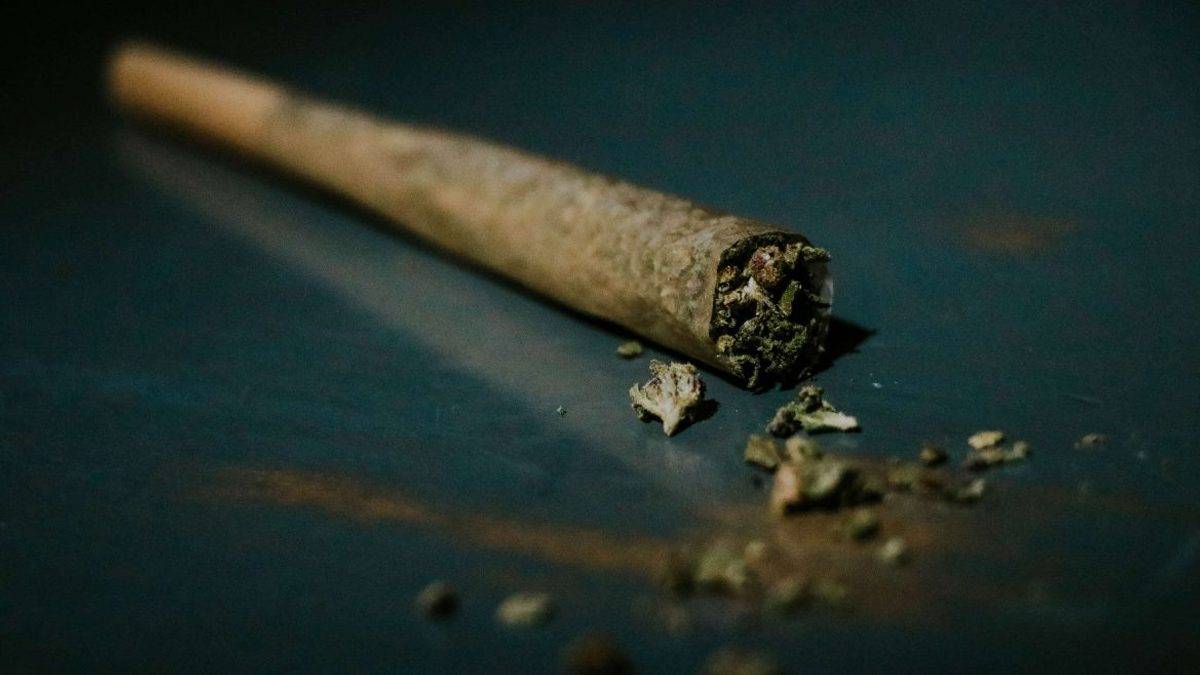How to Spot When The Adolescent in Your Life May Have a Problem
I frequently give talks about marijuana at schools. If the audience includes parents, the most common question is a variation on, “What are the signs that my kid might be abusing marijuana?”
Kevin P. Hill, M.D., M.H.S., is an assistant professor of psychiatry at Harvard Medical School and Director of the Substance Abuse Consultation Service in McLean Hospital’s Division of Alcohol and Drug Abuse.
Editor: Muhammad Talha
The question is common for a reason and important given that 17 percent of adolescents—compared to nine percent of adults—who use marijuana will develop an addiction. Those numbers may seem insignificant, though, with 22 million Americans using marijuana last year, a small fraction of a large number can be a large number.
Simply put, one in six teenagers who use marijuana today will become addicted, and unfortunately, it’s hard to pick up on the often subtle cues that may tip a parent off, such as:
- a slight dip in academic performance
- a decreased interest in once-loved activities
- a different group of friends
Even if worry is warranted, and a problem exists, most parents don’t know what to do about it. When addressing this issue with kids, there are four key steps in the progression from measured concern to getting your adolescent proper and effective treatment.
1. Preparation: Figuring out that something is not quite right usually requires a keen sense of what is normal for your child and maintaining open lines of communication. Neither is easy to achieve, especially in this era of technology where texting often trumps talking. Parents must make the effort, though, so that if something is not quite right, your child might be willing to let you know. Kids often do not want to talk with you when you’d like them to, but while they may be annoyed at your persistent attempts to engage, you cannot afford not to try. One of my patients told me, “My dad only talks with me about two things — the Red Sox and the weather.” That’s simply not going to cut it; we have to talk to our children about important things so that when things go awry, they will feel they can come to you with their problems.
The second aspect of preparation is thinking about how your child will respond when asked about their marijuana use. A child will either be amenable to seeing someone to determine if there is a problem present or not, and parents must be prepared for both possibilities. If your child is willing to see someone, that person needs to be competent, of course, and an appropriate fit. While I am not hung up on credentials—there are excellent physicians, psychologists, and social workers out there—the choice is critical because the window of opportunity may not be open for long. If your child denies that there is a problem and refuses to see someone, determine how you will revisit the issue. Unfortunately, when parents are met with resistance in these instances they often don’t know what to do and, as a result, nothing happens.
2. Conversation: Once you’ve decided that you are uncomfortable with the possibility that your child is using marijuana or using it in a problematic fashion, the actual conversation is a simple one. The parent’s message should be a variation of “I am concerned about your marijuana use and I think you need an evaluation by a professional.” There is no value judgment here, and you are not attempting to make a diagnosis. “I think you are addicted to marijuana!” will not produce the desired effect. The parent can point out that they are uncertain if a problem that requires treatment is present, but they would like someone who deals with these issues every day to make that determination.
3. Evaluation: As mentioned above, the letters after the clinician’s name matter far less than their level of expertise in getting a thorough evaluation. The actual meeting takes about 70 to 90 minutes; I spend around 50 minutes with the adolescent performing an evaluation that covers their marijuana use, including why they use and the possible psychosocial factors that may be playing a role in their use, other drug use, their psychiatric history with special emphasis placed upon depression, anxiety, attention-deficit hyperactivity disorder, medications, family history of psychiatric or substance abuse issues, and social history (family, school, and relationships). The rest is spent reviewing a recommended plan of action with both the adolescent and their parents.
Understanding the role that marijuana plays in their life is the most important piece of the evaluation. It is essential to acknowledge how they must at least perceive some benefit from marijuana if they have made it a regular part of their routine. By contrast, if the clinician hammers an adolescent with the negatives of marijuana use without appreciating the appeal of using marijuana, they will not get far. I want young people to know the scientific evidence that underscores the dangers of marijuana in the developing brain, but I also know that scientific evidence alone won’t get them to change their marijuana use. I have never had a young person come into my office and exclaim, “Doc, I heard that I might lose up to eight points of my IQ if I keep smoking weed—please help me stop!”
The clinician must also figure out what is important to the adolescent: getting into a particular college, being eligible to participate in sports, or using the family car are examples of things that will motivate a young person to make a change.
Aside from gathering information, the second most important element of the evaluation is the development of an alliance, or rapport, with the patient. This is where the current state of technology works to the clinician’s advantage. While the young person may be uncomfortable, at least initially, having a conversation, they find the experience of someone listening to them an unusually powerful experience. Listening intently establishes quickly that the clinician cares what they have to say, and the questions the clinician asks let the adolescent know that the clinician knows what he or she is talking about.
4. Referral: The final step is making a treatment recommendation to the adolescent and their parents. All parties should hear the recommendation so that everyone is on the same page. Recommendations typically range from adding a therapist that can help the adolescent examine their stressors to a structured treatment program. It is important to point out that most people who see me for a consultation do not want to follow my treatment recommendations — at least right away. If I have done my job during the evaluation and established an alliance with the patient, however, they will call me back when they are ready to follow my recommendations and I will make a referral to a specific therapist or program. The hope is that they call me back before they have lost the things that are important to them.
What’s most important is to remember that if you’re a parent of a teen struggling with addiction, there are resources available to you, and you’re not alone. Staying vigilant, communicative, open-minded, and resourceful is critical when supporting healthy decisions for your family.

